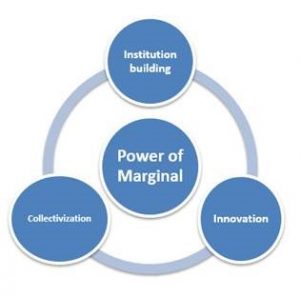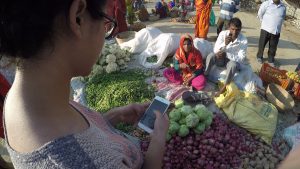Dhananjay Ray, Subrata Majumdar, Mitali Ghosh and Rajeshwar Mishra
The CDHI team have been working closely with marginal farmers from Dholaguri and Uttar Chakoakheti to improve our understanding of the role of institutions, innovation, technology and collectivization as communities adapt to sustainable dry season agriculture. A posting to the web site in January 2017 outlined an engagement process that is providing useful insights into the evolution of these collectives.
This note provides an update (see link below) and shares learnings from a workshop held at Jalpaiguri in February 2017 which obtained farmer insights into institutional development, training requirements and management of technological innovation. The article outlines implications for DSI4MTF and our sister project SIAGI, which is promoting socially inclusive and sustainable agricultural intensification in West Bengal and southern Bangladesh. .
The discussions highlight some of the myths and realities of marginal farming communities and reconfirms the importance of the researcher-farmer engagement process.
Please follow this link to access the document.







